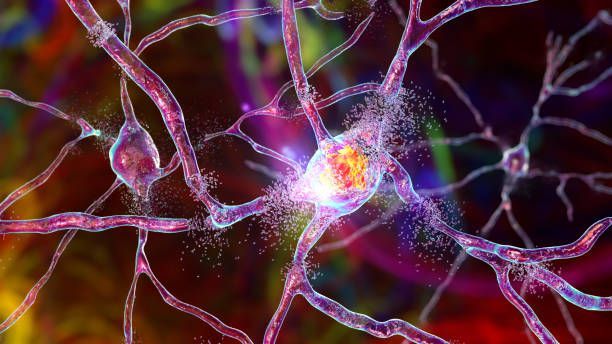By Alexander Vulcu
•
April 20, 2023
Introduction: Hair loss is a growing concern globally, and seeking out a viable solution is paramount. One potential solution that has been gaining attention is red light therapy. However, the question remains: is it the groundbreaking answer we've been searching for? In this blog, we delve into the science and research underpinning red light therapy and explore its performance relative to other hair growth treatments[ 2 ][ 3 ]. The Potential of Red Light Therapy for Hair Growth: Red light therapy, also known as low-level laser therapy (LLLT), shows promising potential in promoting hair growth. The technique leverages specific wavelengths of red light on the scalp, stimulating the mitochondria in hair follicle cells. This process amplifies cellular energy production, which could consequently boost hair follicle health and promote hair growth [ 3 ][ 5 ]. The Science Behind It: Several scientific studies have explored the effectiveness of red light therapy for hair loss. Research by Avci et al. (2013) found that LLLT could be a safe and effective treatment for pattern hair loss in men and women. Another study by Kim et al. (2013) showed significant increases in hair density and thickness in patients treated with LLLT. However, individual responses to red light therapy can vary, and it may not be effective for everyone [ 4 ]. Comparing Red Light Therapy to Other Hair Growth Treatments: Comparatively, how does red light therapy fare against other popular hair growth treatments like minoxidil and finasteride? Minoxidil: A topical treatment applied directly to the scalp, proven effective for hair growth. However, it requires consistent and ongoing use, and its results can vary. Side effects may include scalp irritation and unwanted hair growth elsewhere. Finasteride: A prescription oral medication that treats hair loss effectively. However, it may lead to side effects such as sexual dysfunction and depression and is not suitable for women. Contrarily, red light therapy is non-invasive and carries minimal side effects, making it a viable complement to other treatments for enhanced results [ 1 ]. Conclusion: Red light therapy emerges as a promising, non-invasive strategy to tackle hair loss. By stimulating hair follicle cells and enhancing scalp blood circulation, it may contribute to improved hair density and thickness for some individuals. When compared to other hair growth treatments, red light therapy stands out for its mild nature and flexibility. With scientific research supporting its potential, red light therapy serves as a worthy alternative or supplementary treatment for those battling hair loss [ 4 ]. Sources: Avci, P., Gupta, G. K., Clark, J., Wikonkal, N., & Hamblin, M. R. (2013). Low-Level Laser (Light) Therapy (LLLT) for treatment of hair loss. Lasers in surgery and medicine, 46(2), 144–151. https://doi.org/10.1002/lsm.22170 Kim, H., Choi, J. W., Kim, J. Y., Shin, J. W., Lee, S. J., & Huh, C. H. (2013). Low-level light therapy for androgenetic alopecia: a 24-week, randomized, double-blind, sham device-controlled multicenter trial. Dermatologic surgery: official publication for American Society for Dermatologic Surgery [et al.], 39(8), 1177–1183. https://doi.org/10.1111/dsu.12200






